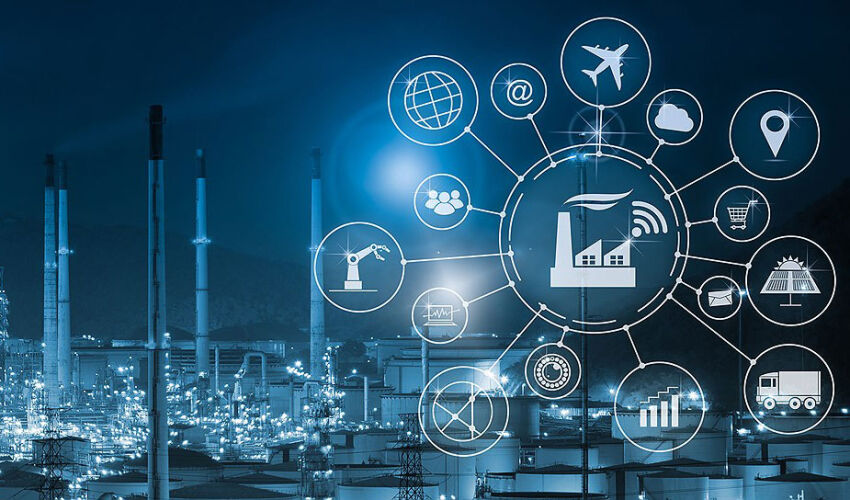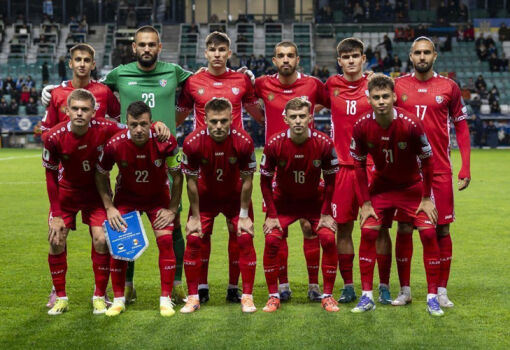
This is stated in the concept of this program, presented by the Energy Ministry. According to the ministry’s materials, this strategic investment will ensure operational savings estimated at more than 200 million lei annually after the implementation of the program, with a payback period of about 6-7 years.
It is expected that the means for financing the Program will be: state budget – 250 million lei (20.8% of the total amount), regulated tariffs – 180 million lei (15%), EU grants – 350 million lei (29.2%), World Bank loans – 150 million lei (12.5%), EBRD loans – 120 million lei (10%). In addition, the private sector (direct investments of operators) will invest 70 million lei and public-private partnership for infrastructure will provide 150 million lei (12.5%).
It is expected that loans from the WB and EBRD will be taken at 2-3% per annum, for 15-20 years, with 5-year repayment vacations.
The Ministry of Energy noted that the presented Concept sets strategic directions for modernization and deep digitalization of the national energy system and defines medium-term state policy in this key area. The Concept aims to develop a clear vision, backed by a coherent action plan, to improve the efficiency of the sector by introducing advanced and interoperable digital solutions in line with the goals of European integration and energy sustainability.
Attending the vision launch event, Cristina Peretiatcu, State Secretary of the Ministry of Energy, noted that Moldova’s energy sector faces an underdeveloped and vulnerable, fragmented and outdated digital infrastructure, which limits the possibilities to modernize and adapt to modern requirements. Digitalization is becoming a central tool for real-time monitoring, optimizing operational flows and ensuring efficient response, providing a more flexible and predictable energy system.
The Ministry of Energy recalled that in partnership with UNDP in Moldova and with the financial support of the Italian Government, a pilot smart metering program was launched in 2023, which is already contributing to the consolidation of a more efficient and sustainable energy infrastructure. This initiative serves as a basis for the expansion of digital systems throughout the energy chain.













